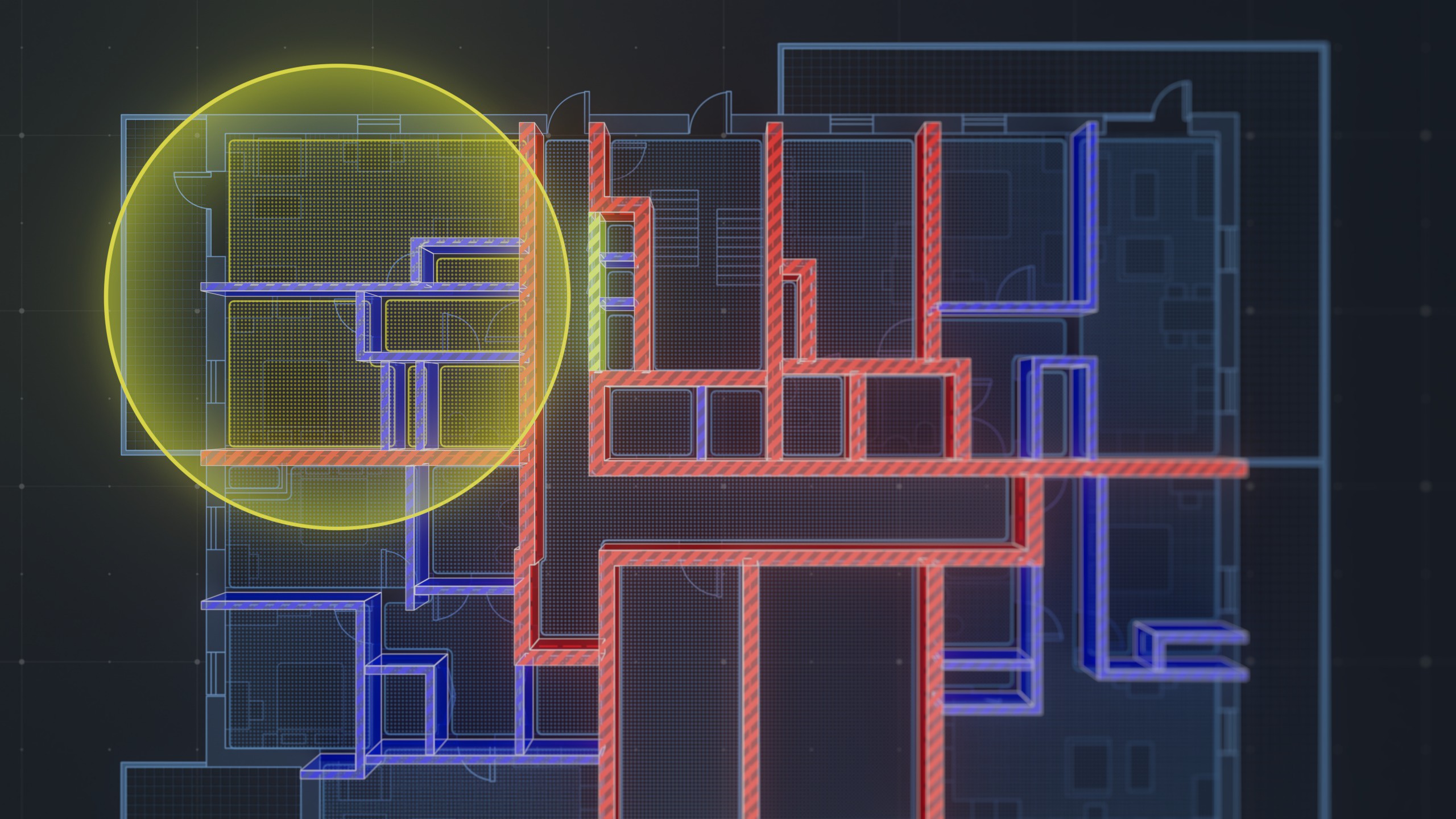Many variables go into calculating the construction cost for a new home. The National Association of Home Builders lists seven different categories, each with multiple factors buildings and homeowners need to account for during the project. While the cost of the lot, labor, building size, and materials are prominent parts of the budget, other factors — like permitting, design costs, utility hookups, and inspection fees — add a significant amount to the price tag.
Construction submittals provide essential details about each project, including the materials, plans, and methods for each aspect of construction. This information can help define overall costs or provide information about changes that could affect the budget.
Here’s a look at the different factors builders need to consider when calculating the cost of a home construction project.
Land Costs
The land cost of the building site is the first expense of a home construction project. Various factors can affect land prices. The more desirable a plot of land is, the higher its cost.
Urban and suburban plots usually have higher prices because they are near amenities and services. This allows the residents to access necessities and leisure activities conveniently, and they have shorter commutes to school and work. However, issues like high crime rates or poor local services can detract from land value by making the location less desirable.
Material Costs
The price of materials can vary depending on the availability of those materials, the size of the home, the techniques builders use for construction, and the design of the home itself. Commodity markets can also play a role in a construction budget. Lumber costs, for instance, can directly impact the real estate market and home prices. Increased demand or a lack of supply can cause a price spike in any type of construction material.
Builders use estimating software to calculate material amounts accurately. Since each material has unique nuances, specialized tools are the best choice for accuracy. For instance, a contractor will use concrete estimating software to find the cost of a driveway or foundation and drywall estimating software to create a budget for finishing the interior.
Estimating Material Costs
The equations for estimating materials costs depend on the unit of measurement for each product.
- Units or quantity: Builders purchase items like doors, windows, fixtures, or other types of hardware in units.
- Area: Materials like flooring, carpet, or drywall, are calculated by the area they need to cover. Painting estimates also rely on this measurement unit.
- Volume: Some home components vary according to their thickness and coverage area. Materials in this category include concrete.
- Length: Materials for the home’s infrastructure, such as pipes and electrical wires, get measured by feet or yards.
- Weight: Contractors purchase some landscaping materials, such as sand and decorative rocks, by the ton.
Initial material estimates are vital. Accurate calculations and careful planning can save builders from running out of materials and help them avoid delays or cost overruns. Once they calculate units, area, or volume, the builders can offer the owner choices for material quality at different price points.
Labor Costs
Labor costs for home building projects are complicated because of the different rates of all the specialists involved in the building process. The specialists needed can also vary depending on the features of the home and the structure of the building contract.
Pre-construction work requires an architect, designer, drafting professional, engineer, and legal and real estate professionals to handle the property purchase and document requirements.
Once building begins, owners typically work with a general contractor who hires various subcontractors to carry out the various aspects of the project.
- Carpenters or framers build the frame of the house.
- Masons handle the stone elements and concrete finishing.
- Roofers build the roof once the frame is complete.
- Electricians install the electrical infrastructure, add fixtures, and connect the home to the power grid.
- Plumbers at water supply, sewage, and drainage capabilities.
- HVAC technicians cover climate control and ductwork.
- Flooring installer, tile layers, carpet layers, drywall hangers, and painters finish the interior of the home.
- Landscapers, masons, deck builders, and driveway installers work on the outside elements.
- General laborers assist these tradespeople, operating machinery and carrying out manual tasks.
All these specialists get paid at a market rate. General contractors may negotiate with these tradespeople on a per-project basis.
In addition to labor costs, tradespeople can add their specialized insights to the project and help refine the budget and materials costs.
Architectural and Design Costs
Architects and their team of designers and drafting professionals create the home. Engineers handle the practical elements of the design to ensure the plans meet quality and safety requirements and work in the designated building site.
Architecture and design costs affect the project in two ways. First, the more complex designs will require hiring architects with specific skills or paying for the longer design process. Secondly, contractors and subcontractors will make materials and labor plans based on the designs. More complicated elements or details can increase the overall cost of the project, while simpler plans can lower the overall bill and shorten the time frame.
Permit and Inspection Costs
Building permit and inspection requirements vary significantly. Each city, county, or state has specific regulations that builders should follow. Depending on the location of the home and the complexity of the project, permits could end up costing anywhere from hundreds to thousands of dollars. Owners also have to cover the cost of inspections.
In most jurisdictions, home building projects require a general building permit, which builders obtain after submitting plans to local authorities. In some places, contractors apply for different permits for exterior elements like decks and infrastructure features like electricity and plumbing separately.
The agreement with the contractor should include details about necessary permits and who will apply for them. The permitting process can take time and cause delays if local authorities are slow to file paperwork or provide inspection services. However, the delays can be even longer if you begin work without this documentation. You may need to stop construction and apply for the necessary permissions before continuing.
Utility Costs
Utility costs can affect a project in two ways. First, utility companies typically require approved specialists to connect the home to their network. These specialists may add to the cost of the project, especially if subcontractors are not able to perform this task or if the utility provider requires you to hire their contractors to do the job.
Secondly, depending on the location, the connection could require adding elements to the property. For instance, in rural areas, the connection could require additional pipes, electrical wires, or gas lines. These elements can be expensive, especially if the home is far from the utility company's network or grid.
Contingency Costs
Additional costs could arise during the project. Conditions at the building site, supply chain disruptions, estimating errors or illnesses and injuries could cause delays and necessitate additional funding.
Rather than being surprised, project owners and contractors can plan for these issues and have contingencies that allow work to continue.




.png)